The main material required to produce HDPE pipes is HDPE resin, along with possible additives. HDPE (High-Density Polyethylene) pipe material is a high-density polyethylene material commonly used in manufacturing piping systems.
HDPE pipe material research and development project
HDPE pipe material research and development projects usually aim to improve the performance of HDPE pipe materials, reduce costs, and improve environmental adaptability. Here are some R&D projects that may be involved, this article will introduce HDPE pipe material research and development project.
1. Enhance the chemical corrosion resistance of HDPE pipes
Aiming at the erosion of specific chemical substances, the material formula of HDPE pipes is improved to give it better corrosion resistance, thereby expanding its application range.
2. Improve the fatigue resistance of HDPE pipes
By adjusting the material formula or processing technology, the durability of HDPE pipes under long-term load is improved and their service life is extended.
3. Develop HDPE pipe materials that can be used in high temperature environments
For applications that need to operate in high-temperature environments, HDPE materials with high-temperature stability are developed to meet specific engineering needs.
4. Study the biodegradability of HDPE pipe materials
For single-use applications or applications that require degradation under specific environmental conditions, biodegradable HDPE pipe materials are developed to reduce environmental impact.
5. Improve the pressure resistance of HDPE pipes
By optimizing the pipeline structural design or enhancing material properties, the pressure resistance of HDPE pipelines can be improved to adapt to higher working pressures.
6. Reduce the production cost of HDPE pipe materials
Reduce the production cost of HDPE pipe materials by using cheap raw materials, optimizing production processes or improving material recycling and reuse technology.
7. Improve the UV aging resistance of HDPE pipes
For applications in outdoor exposure environments, HDPE pipe materials with better UV aging resistance are developed to extend their service life.
8. Develop HDPE pipe materials with special functions
Such as HDPE pipe materials with self-healing function, self-cleaning function or intelligent monitoring function to improve the performance and reliability of the pipeline system.
These R&D projects can be realized through cooperation in multiple disciplines such as materials science, chemical engineering, and mechanical engineering to continuously promote the technological progress and innovation of HDPE pipe materials.
Enhance chemical corrosion resistance of HDPE pipes
Enhancing the chemical resistance of HDPE pipes is an important research direction, especially in applications that handle corrosive chemicals, sewage or other aggressive media. The following are some methods that may be used to enhance the chemical resistance of HDPE pipes:
1. Improve HDPE formula
Adjust the formulation of HDPE pipes and add anti-corrosion agents, antioxidants or enhancers to improve its resistance to chemical attack.
2. Surface treatment
Chemically treat or coat the surface of HDPE pipes to form a protective film to block the corrosion of chemical substances on pipe materials.
3. Nanomaterial modification
Nanomaterials such as nanoparticles, nanotubes or nanosheets are introduced to enhance the corrosion resistance of HDPE pipes and improve their mechanical strength and wear resistance.
4. Add anti-corrosion filler
Add anti-corrosion fillers such as glass fiber, carbon fiber or ceramic particles to HDPE pipe materials to enhance its chemical corrosion resistance.
5. Composite pipes
Adopting a composite material structure, HDPE is combined with other materials such as fiberglass, polypropylene, etc. to improve the chemical corrosion resistance of the pipeline.
6. Improve production process
Optimize the production process of HDPE pipes to ensure the uniformity and stability of pipe materials, reduce defects, and improve corrosion resistance.
7. Simulation testing and evaluation
By simulating the chemical corrosion conditions in the actual working environment, the effect of enhancing the corrosion resistance of HDPE pipes is evaluated and verified.
8. Field testing
Conduct corrosion resistance testing of HDPE pipes in actual engineering projects, collect data and feedback, and further improve materials and designs.
These methods usually require a comprehensive consideration of factors such as the chemical properties, physical properties, production process and cost of the pipeline material, and may require cooperation with experts in multiple fields such as chemical engineers, materials scientists and pipeline engineers to achieve the best results.
Improve the fatigue resistance of HDPE pipes
Improving the fatigue resistance of HDPE pipes is one of the key engineering goals, especially in applications that need to withstand cyclic or dynamic loads for a long time, such as water supply pipelines, natural gas transmission pipelines, and piping systems in vibration environments. Here are some ways to improve the fatigue resistance of HDPE pipes:
1. Material improvements
Optimize the raw material formula of HDPE pipes, select high-quality polymer resin, and control its molecular structure and distribution to improve its fatigue resistance.
2. Add enhancers
Add appropriate amounts of reinforcing agents, such as glass fiber, carbon fiber, nanoparticles, etc., to HDPE pipes to enhance the pipe's stiffness and fatigue resistance.
3. Improve production technology
Advanced production processes, such as extrusion molding, injection molding, etc., are used to ensure the uniformity, compactness and consistency of the internal structure of the pipeline and improve its fatigue resistance.
4. Structural design optimization
By optimizing the structural design of the pipeline, such as increasing wall thickness, changing wall thickness distribution, strengthening key parts, etc., the fatigue resistance of HDPE pipelines can be improved.
5. Fatigue performance test
Conduct laboratory and field fatigue performance tests to evaluate the fatigue life and performance of pipelines of different designs and material combinations under different working conditions.
6. Dynamic simulation analysis
Use computer-aided engineering software to conduct dynamic simulation analysis to simulate the dynamic load response of the pipeline in the actual working environment and optimize the design plan.
7. On-site monitoring and feedback
Conduct on-site monitoring and evaluation of the fatigue resistance performance of HDPE pipes in actual engineering projects, collect data and feedback, and continuously improve design and material selection.
By comprehensively applying the above methods, the fatigue resistance of HDPE pipelines can be effectively improved, their service life can be extended, and the reliability and safety of the pipeline system can be ensured.
Development of HDPE pipe materials usable in high-temperature environments
Developing HDPE pipe materials that can be used in high-temperature environments is a challenging but important task. In high temperature environments, conventional HDPE pipe materials may soften, deform or even fail. Here are some possible methods and technologies for developing HDPE pipe materials suitable for high-temperature environments:
1. Improved thermal stability
Improve the thermal stability of HDPE materials so that they can maintain stable physical and mechanical properties at higher temperatures. This can be achieved by adding heat stabilizers or flame retardants.
2. Material formula optimization
Adjust the formula of HDPE and select appropriate polymer resins and additives to improve the material's heat distortion temperature and high temperature resistance.
3. Add heat-resistant filler
Heat-resistant fillers, such as ceramic particles, carbon fibers, etc., are added to HDPE materials to improve the material's thermal stability and high temperature resistance.
4. Cross-linking treatment
Using cross-linking treatment technology, such as radiation cross-linking or chemical cross-linking, HDPE materials have higher thermal stability and high temperature resistance.
5. Composite material structure
A composite material structure composed of HDPE and other high-temperature stable materials (such as polyamide, polyimide, etc.) is used to improve the high-temperature resistance of the overall material.
6. Enhance pipeline structure design
Optimize the structural design of the pipeline, increase the thickness of the pipe wall, adopt special geometric shapes, change the pipeline structure, etc., to improve the stability and durability of the pipeline in high temperature environments.
7. Thermal simulation test
By conducting thermal simulation tests, the performance of different material combinations is evaluated under simulated high-temperature working environments and the materials most suitable for high-temperature applications are selected.
8. Field verification
Conduct on-site verification and performance testing of pipeline materials in actual high-temperature environments, collect data and feedback, and continuously improve material formulas and design solutions.
By comprehensively applying the above methods and technologies, HDPE pipe materials suitable for high-temperature environments can be developed to meet the needs of various high-temperature application fields, such as hot water pipes, industrial pipes, geothermal energy utilization, etc.
Studying the biodegradability of HDPE pipe materials
Studying the biodegradability of HDPE pipe materials is to develop degradable pipe materials to reduce pollution and impact on the environment. Although HDPE is generally considered a plastic that is not easily degradable, research in recent years has shown that there are ways to make it biodegradable to a certain extent. The following are some possible research directions and methods:
1. Biodegradable additives
Add biodegradable additives, such as starch, polylactic acid, etc., to HDPE pipe materials to promote their degradation rate in the natural environment.
2. Microbial degradation
Study the mechanisms and pathways of using microorganisms (such as bacteria, fungi, etc.) to degrade HDPE materials, and develop new methods for biodegrading HDPE.
3. Photo/thermal degradation
Study the use of light or heat energy to promote the degradation process of HDPE materials and explore the degradation behavior of HDPE under different environmental conditions.
4. Biodegradation performance evaluation
Carry out research on evaluation methods of biodegradation performance, establish appropriate evaluation systems and experimental methods, and conduct quantitative and qualitative evaluations of the biodegradation performance of HDPE pipe materials.
5. Environmental impact studies
Study the impact of the biodegradation process of HDPE pipe materials on the surrounding environment, including assessment of the impact of the generated degradation products on soil, water and other environments.
6. Composite material development
Develop composite materials composed of HDPE and biodegradable materials (such as polylactic acid, polycaprolactone, etc.) to improve the biodegradability of HDPE pipe materials.
7. Field application verification
Conduct field application verification of biodegradable HDPE pipe materials in actual engineering projects, and monitor their biodegradation performance and stability under different environmental conditions.
Studying the biodegradability of HDPE pipe materials requires interdisciplinary cooperation, involving knowledge and technology in materials science, environmental science, microbiology and other fields. These studies help develop more environmentally friendly pipe materials that reduce negative impacts on the environment.
Improve the pressure resistance of HDPE pipes
Improving the pressure resistance of HDPE pipes is a key aspect to ensure safe and reliable operation of the pipeline system. Here are some common methods that can be used to improve the compression resistance of HDPE pipes:
1. Increase wall thickness
Increasing the wall thickness of HDPE pipes can significantly improve their ability to withstand pressure. By selecting thicker pipe walls to meet specific pressure requirements, the overall strength and durability of the piping system can be enhanced.
2. Optimize pipeline structure
Optimizing the structural design of the pipeline, such as adopting a multi-layer wall structure and strengthening the design of key parts, can improve the pressure resistance of HDPE pipelines.
3. Improve material quality
Select high-quality HDPE raw materials and ensure quality control during the production process to ensure the uniformity and stability of the pipe material, thereby improving its pressure resistance.
4. Add enhancers
Adding reinforcing agents, such as glass fiber, carbon fiber, etc., to HDPE materials can significantly increase the stiffness and strength of the pipe, thereby enhancing its compression resistance.
5. Improve production process
Advanced production processes, such as extrusion molding, injection molding, etc., are used to ensure the uniformity, compactness and consistency of the internal structure of the pipeline and improve its pressure resistance.
6. Structural optimization design
By optimizing the structural design of pipelines, such as reducing the number of joints, improving connection methods, improving pipeline support and fixation, etc., the stress concentration of the pipeline system can be reduced and the overall pressure resistance can be improved.
7. Simulation and testing
Carry out simulation analysis and experimental testing to evaluate the compressive performance of pipelines of different designs and material combinations under different pressures, providing a basis for the design and material selection of pipeline systems.
The comprehensive application of the above methods can effectively improve the pressure resistance of HDPE pipelines and ensure the safe and reliable operation of the pipeline system under various working conditions.
Reduce production costs of HDPE pipe materials
Reducing the production cost of HDPE pipe materials is an important goal and can be achieved through some of the following methods:
1. Raw material optimization
Find lower-cost raw material suppliers while ensuring the quality and performance of materials to reduce production costs.
2. Process optimization
Optimize the production process, improve production efficiency, reduce energy and resource consumption, and reduce production costs.
3. Recycling
Implement the concept of circular economy and recycle discarded HDPE pipe materials to reduce raw material procurement costs and waste disposal costs.
4. Automated production
Introduce automated equipment and production lines to reduce manual operations, improve production efficiency, and reduce labor and production costs.
5. Scale effect
Expand production scale, increase output, achieve economies of scale and reduce unit costs.
6. Technological innovation
Continuously promote technological innovation, develop new production processes and equipment, improve production efficiency, and reduce production costs.
7. Save energy
Optimize energy utilization, adopt energy-saving technologies and equipment, reduce energy consumption in the production process, and reduce production costs.
8. Reasonable pricing
Based on market demand and competition, formulate reasonable product pricing strategies to ensure that product sales revenue can cover production costs and maintain competitiveness.
9. Supply chain management
Optimize supply chain management, reduce procurement costs and logistics costs, improve the efficiency and flexibility of the supply chain, and reduce production costs.
By comprehensively applying the above methods, the production cost of HDPE pipe materials can be effectively reduced and the competitiveness and profitability of enterprises can be improved.
Improve the UV aging resistance of HDPE pipes
Improving the UV aging resistance of HDPE pipes is an important aspect to ensure the long-term use of pipes, especially in outdoor exposure environments. Here are some possible approaches:
1. Add anti-UV stabilizer
Add anti-UV stabilizers, such as UV absorbers, light stabilizers, etc., to HDPE pipe materials to prevent damage to the material by UV radiation.
2. Optimize formula
Adjust the formula of HDPE pipes and select polymer resins and additives that are more weather-resistant and UV-aging resistant to improve the material’s UV resistance.
3. Surface coating
Apply an anti-UV coating to the surface of HDPE pipes to form a protective film to reduce the direct effect of UV rays on pipe materials.
4. Nanoparticle addition
Add nano-sized particles, such as nano-zinc oxide, nano-titanium dioxide, etc., to HDPE materials to improve the UV resistance of pipe materials.
5. Simulated aging test
By simulating real outdoor exposure environments, UV aging tests are conducted to evaluate the anti-aging properties of different material combinations and treatment methods.
6. On-site monitoring and evaluation
Monitor the anti-UV aging performance of HDPE pipes in practical applications, conduct regular inspections and evaluations, and take maintenance measures or replace pipe materials in a timely manner.
7. Research on environmental adaptability
Study the UV aging mechanism and influencing factors of HDPE pipes under different environmental conditions to guide the improvement and selection of materials.
8. Standard setting
Develop corresponding standards and specifications to evaluate and test the UV aging resistance of HDPE pipe materials to ensure that they meet quality requirements.
By comprehensively utilizing the above methods, the UV aging resistance of HDPE pipes can be effectively improved, the service life of the pipes can be extended, and the reliability and stability of the pipeline system can be improved.
Developing HDPE pipe materials with special functions
Developing HDPE pipe materials with special features can provide customized solutions for various applications. Here are some possible special features and related development directions:
1. Anti-microbial contamination function
The development of HDPE pipe materials with anti-microbial contamination functions can be achieved by adding antibacterial agents or coatings with self-cleaning functions.
2. Sensor integration function
Develop HDPE pipe materials with integrated sensors to monitor fluid pressure, temperature, flow rate and other parameters to achieve intelligent pipeline monitoring and management.
3. Self-healing function
Developing HDPE pipe materials with self-healing capabilities can automatically repair pipeline damage by adding microcapsules, microscopic nanomaterials, etc. to the material.
4. Thermal insulation function
Develop HDPE pipe materials with excellent thermal insulation properties to reduce heat loss and energy consumption when transporting high-temperature fluids.
5. Conductivity control function
The conductivity of HDPE pipe materials can be adjusted to meet the needs of specific applications, such as underground cable protection conduits or conductive duct systems.
6. Barrier performance
Develop HDPE pipe materials with high gas, water vapor, oil or other chemical substance barrier properties for special media transportation or environmental isolation.
7. Anti-corrosion function
Develop HDPE pipe materials with enhanced corrosion resistance, suitable for applications in corrosive environments such as chemical plants and sewage treatment plants.
8. Environmental performance
Develop HDPE pipe materials with environmentally friendly properties, such as degradable HDPE materials, to reduce the impact on the environment.
9. Acoustic performance
Optimize the acoustic performance of HDPE pipe materials and reduce noise transmission, making it suitable for application scenarios that require noise reduction.
10. UV stability
Improve the UV aging resistance of HDPE pipe materials, suitable for applications in outdoor exposure environments, and extend the service life of pipes.
The development of HDPE pipe materials with these special functions requires interdisciplinary cooperation, involving knowledge and technology in materials science, chemical engineering, mechanical engineering, electronic engineering and other fields. HDPE pipe materials with different functions can be customized and developed according to specific application requirements, providing innovative solutions for various engineering projects.
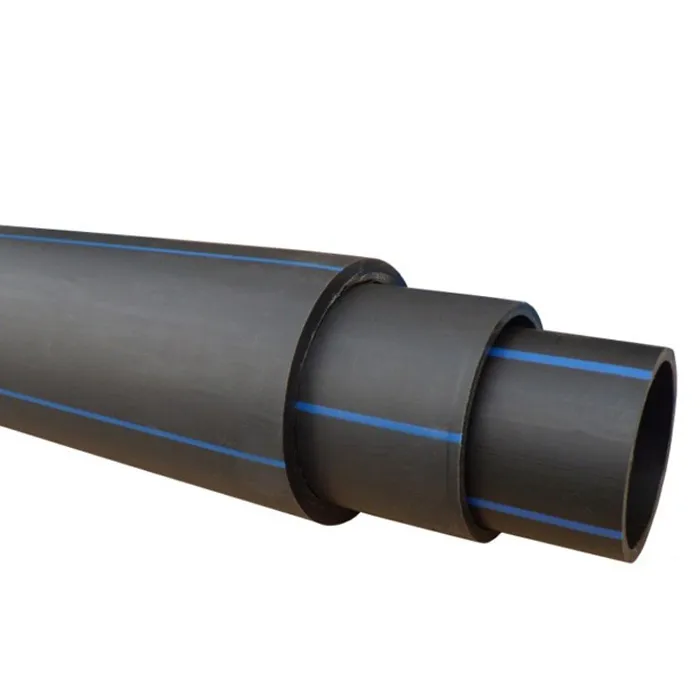
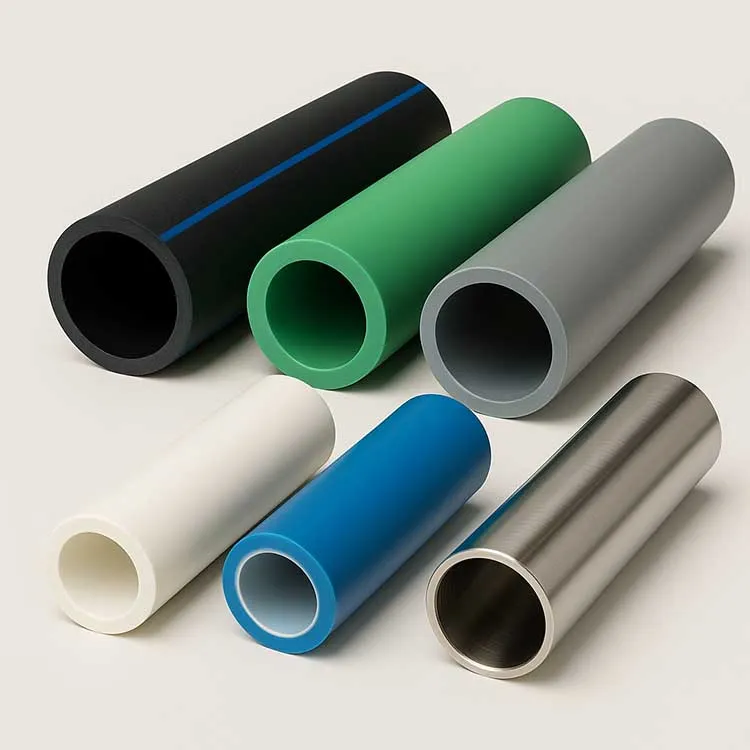
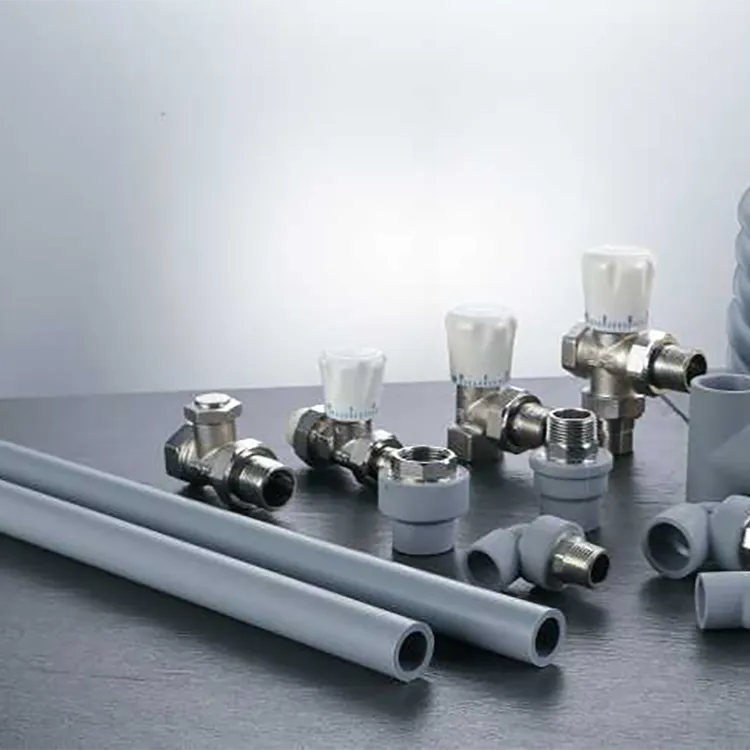
981.webp)
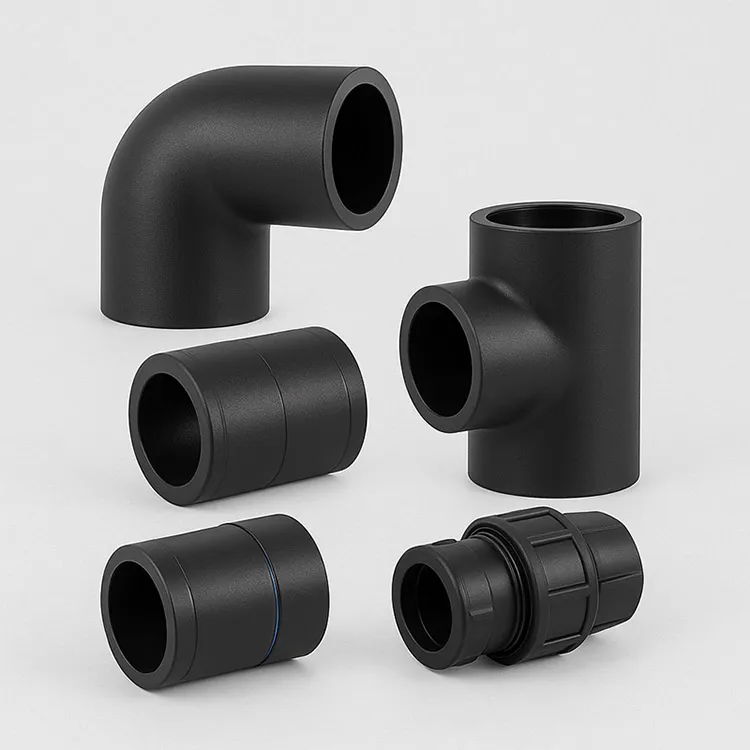
 (1)379.webp)
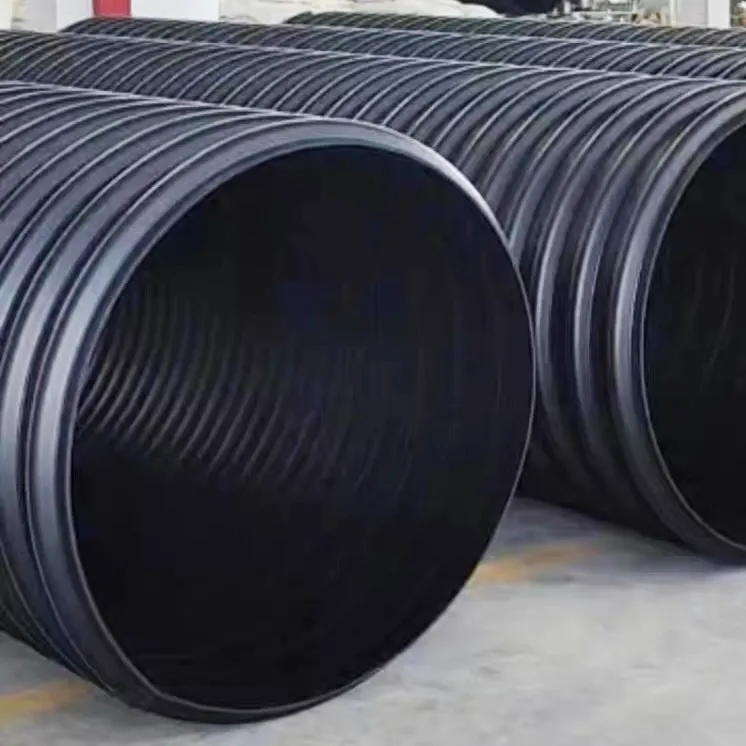
294.webp)
476.webp)
420.webp)
146.webp)
460.webp)
287.webp)
274.webp)
688.webp)


